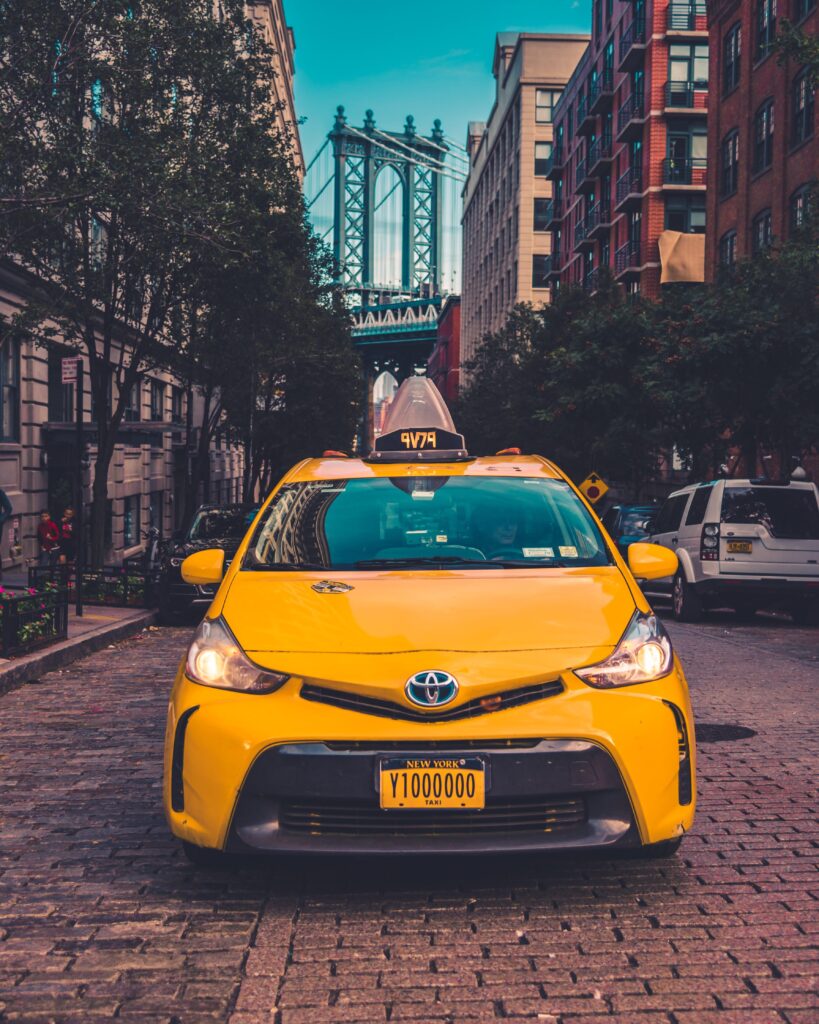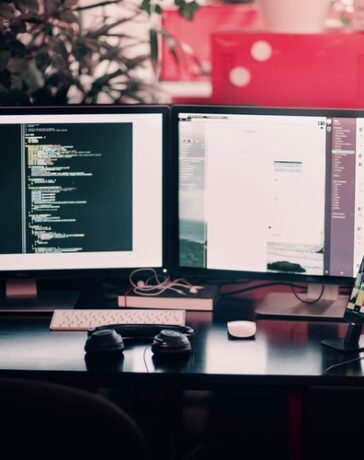What You Need to Know About License Plate Recognition Technology: Understanding LPR

The world of license plate identification is yours to explore! You’re in for a treat if you’ve ever wondered how the police find criminals or how toll booths figure out which car is going by. The intriguing and quickly developing subject of license plate recognition (LPR) technology has completely changed how we track vehicles on our streets and highways. We’ll go through all there is to know about LPR technology in this blog post, from its origins and advancement to its current uses and potential future applications. So let’s enter the fascinating realm of LPR while buckling in and grabbing a cup of coffee.
What is LPR Technology (License Plate Recognition)?
LPR technology is a form of automatic license plate recognition system that reads car license plates using optical character recognition on images. It can be used for electronic toll collection or law enforcement purposes, such as finding wanted criminals or hit-and-run drivers.
LPR systems are made up of one or more cameras that are installed on a car, often close to the windscreen, to photograph license plates as it passes them. The LPR system employs software to read the characters on the plate and convert them into alphanumeric data that can be saved in a database after the images have been sent into it. The information can then be used to track interesting vehicles or to provide notifications when a matching license plate is found.

LPR technology has proliferated in recent years due to its advantages over more conventional license plate reading techniques, like manual entry by police officers. It may be used to scan larger regions faster and with greater accuracy than manual input. LPR systems can also be used with other surveillance technologies, such CCTV cameras, to build comprehensive security solutions.
Using LPR Technology
The optical character recognition (OCR) technique known as “License Plate Recognition” (LPR) reads the letters and numbers on a license plate. The car is then identified and its location is tracked using this information.
LPR cameras are frequently installed on police cars, but they can also be found in sturdy places like tunnels and bridges. When a vehicle is coming or passing, the cameras take pictures of it and send them to a central database for analysis.
Several uses for the information gathered by LPR cameras include monitoring parking limits, locating stolen automobiles, and enforcing traffic regulations. LPR data has occasionally even been utilized to solve crimes like murders and robberies that have nothing to do with motor vehicles.
Although there are a few other kinds of LPR cameras, the CCD camera is the most used. To take pictures, these cameras employ a number of light-sensitive diodes. Light is transformed into electrical signals by the diodes, which are subsequently transformed into digital data. The central database will then receive this data for analysis.
Infrared (IR) cameras are sometimes used in more recent LPR systems. Similar to CCD cameras, these cameras operate by capturing images with infrared light rather than visible light. This enables them to take pictures in dim lighting situations, as at night or in foggy weather.
Although LPR technology is frequently employed in law enforcement
LPR Technology’s advantages
LPR technology has numerous advantages for both companies and law enforcement organizations. LPR is a security tool that can be used by businesses to catch thieves and deter crime. Additionally, it can be utilized for marketing objectives including tracking consumer behavior and enhancing customer service. LPR can be used by law enforcement to find missing people, apprehend fugitives, and solve crimes.
The following are some particular advantages of LPR technology:
-Security: LPR can be used to keep an eye on who enters and exits a building or other property. Theft or vandalism can be prevented by using it to catch criminals in the act.
LPR can be used in marketing to monitor consumer behavior trends. Marketing tactics and customer service may both be made better with the use of this information.
LPR is an effective tool for law enforcement organizations. It can be used to find missing people, apprehend fugitives, and solve crimes.
Problems with LPR Technology
However, LPR technology is not without its flaws. Privacy is one of the main issues with LPR technology. LPR systems have the ability to violate people’s privacy because they gather information on every vehicle’s movements. A further issue is accuracy. Due to the inaccuracy of LPR systems, issues like false alerts or improper data collection may arise. Finally, installing and maintaining LPR systems can be costly.

How to Select the Appropriate LPR System for Your Company
There are a few factors to take into account when choosing an LPR system for your company. The first is how many cameras you’ll require. The second factor is the degree of accuracy that you need. The cost comes in third.
The size of your parking lot and the quantity of entries and exits determine how many cameras you require. One camera will do if your parking lot is small and has just one entrance and exit. However, you will require more cameras if you have a sizable parking lot or several entrances and exits.
Depending on how crucial it is for you to notice every license plate that enters or exits your parking lot, you will need a different level of accuracy. If capturing every license plate is not essential, using a less precise solution will enable you to save money. However, even if it costs more, you must choose a more accurate method if capturing all license plates is crucial.
An LPR system’s cost varies according to its features and build quality. Therefore, before comparing rates, it’s crucial to identify what features and quality levels are vital to you. When you are certain of what you want, you may compare pricing to select the LPR system for your company that offers the best value.













